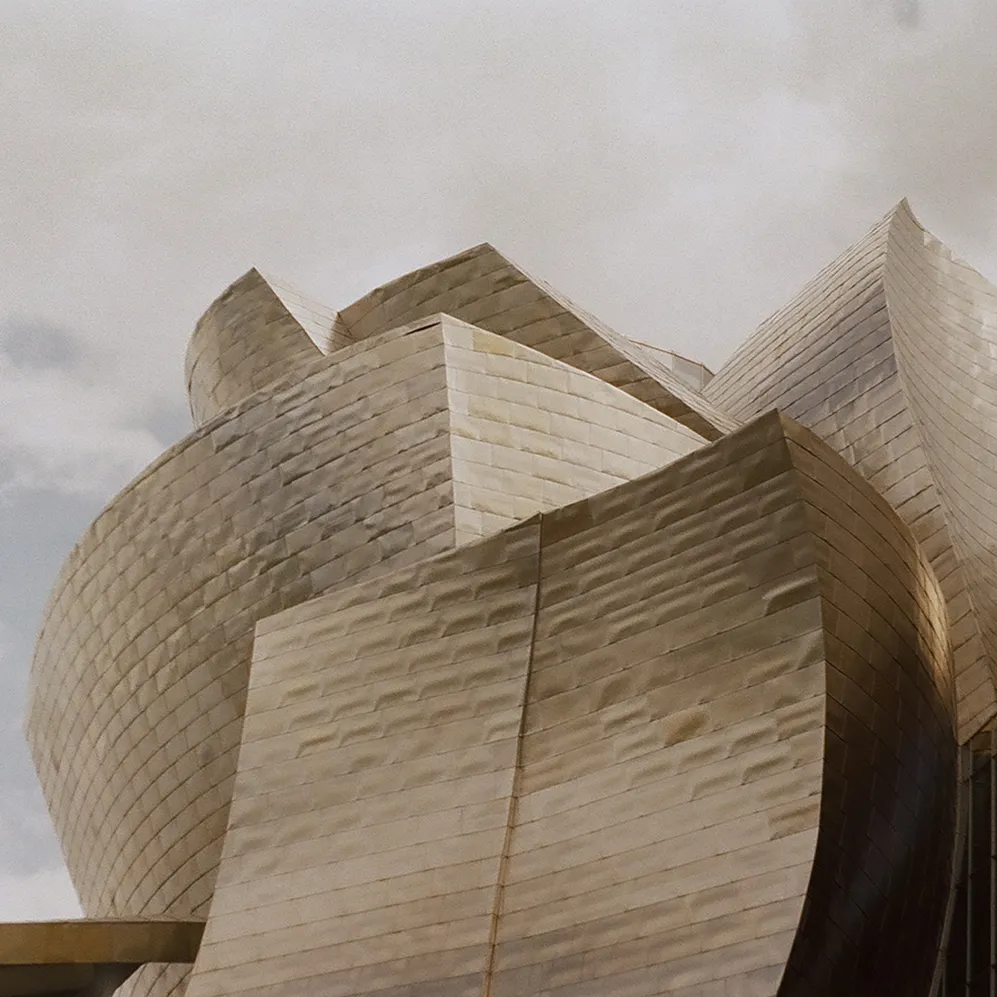
Words Tom OsmondDate 13 December 2019
Think of Bilbao today. One of the first things that springs to mind is undoubtedly the Guggenheim Museum, but before Frank Gehry’s titanium-clad edifice graced the banks of the Nervion River in the late 1990s, the city’s shipbuilding industry was running aground and dry-docking the economy in the process.
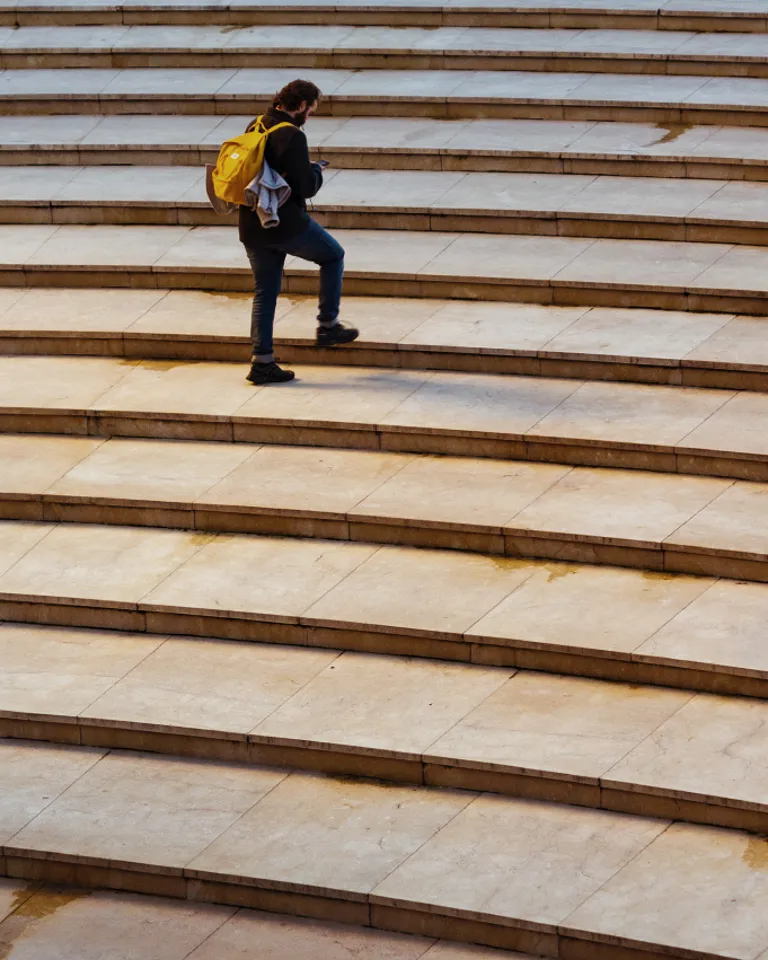
The museum put Bilbao on the map
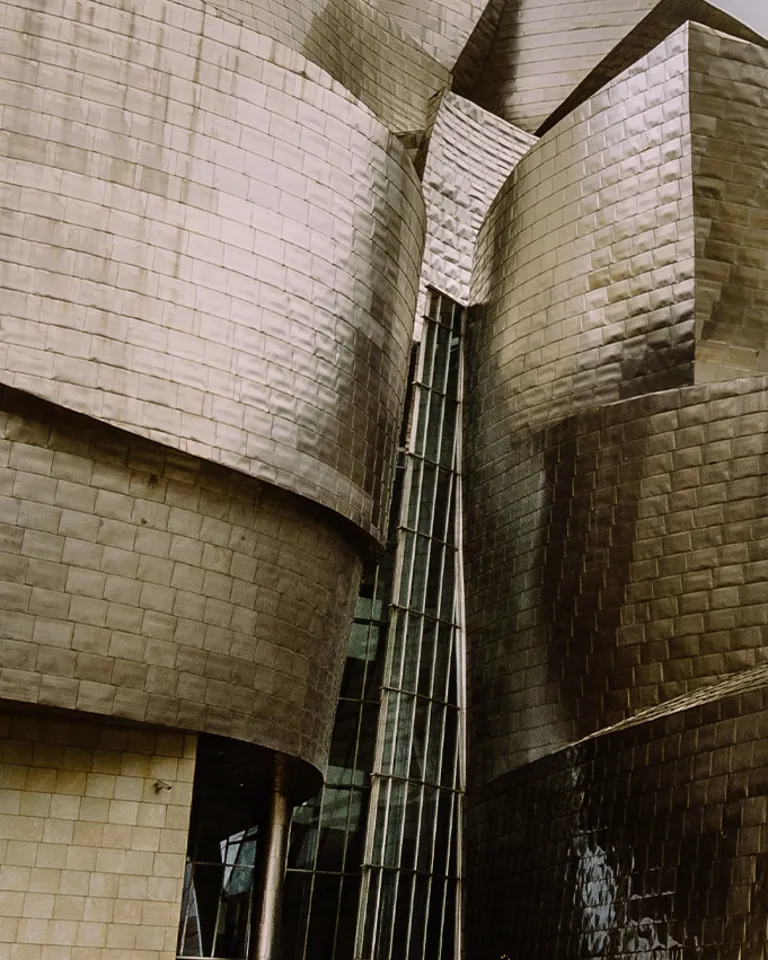
Frank Gehry’s titanium-clad Guggenheim Museum
Naoshima Japan
The Japanese archipelago town of Naoshima was also facing decline of a similar sort in the early 1980s. Urbanization and general population decline, plus the automatization of many of the jobs supplied by a big Mitsubishi Materials processing plant, took its toll on the town. The concrete-obsessed architect Tadao Ando was commissioned by Benesse Holdings—an Okayama-based conglomerate known for its collection of modern and contemporary art—who turned the island into a living gallery of his work.
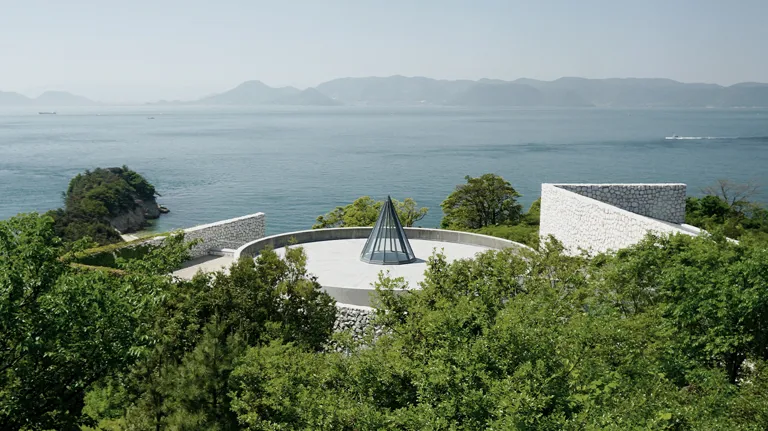
Benesse House
Arrive by boat at Miyanoura Port and you’ll witness an ultra-minimalist Marine Station and a giant sculptural pumpkin by Yayoi Kusama before even setting foot on the island, while the Chichu Art Museum is of particular architectural interest—as well as being home to works by Claude Monet, James Turrell, and Walter de Maria—due to its harnessing of natural light despite being underground.
Wander around the island and one may stumble upon a museum dedicated to Ando himself; a scattering of previously abandoned houses that were converted into a multidisciplinary playground for artists, known as the Art House Project; the Ando-designed Lee Ufan Museum dedicated to the Korean minimalist, and countless other traces of the creatives that have descended upon the island over the years. Also, housing just one work of art titled Matrix by Rei Naito is the teardrop shaped Teshima Art Museum on the neighboring island to the east of the same name, while going west to Shikoku island takes you to the Ando-designed Setouchi Retreat by Onko Chishin.
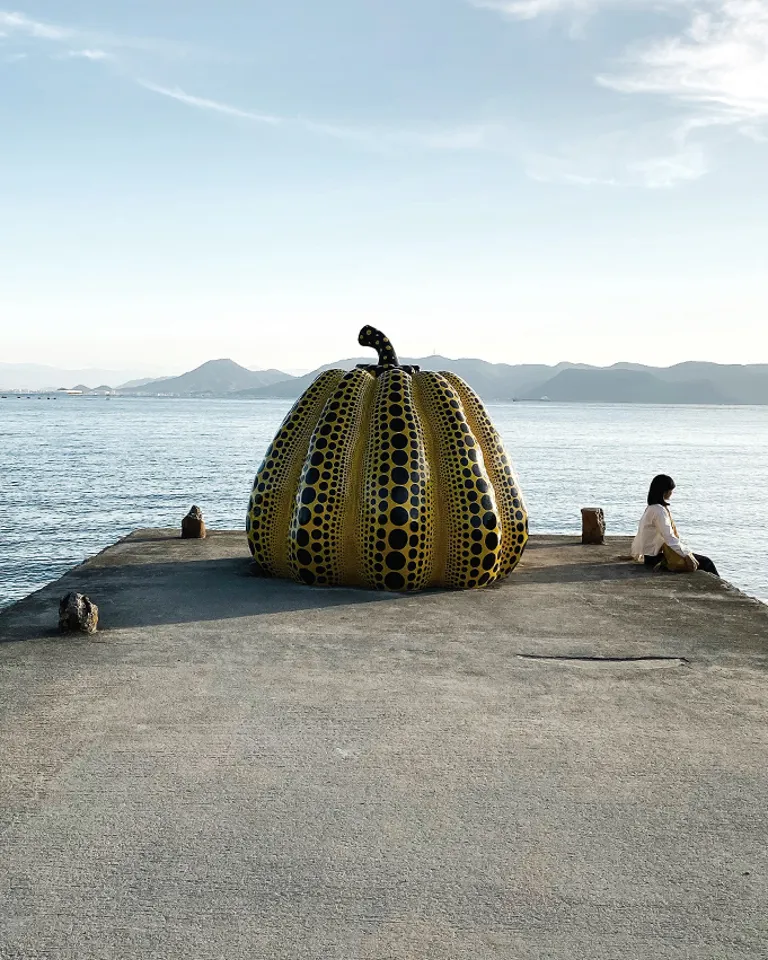
Sculptural pumpkin by Yayoi Kusama
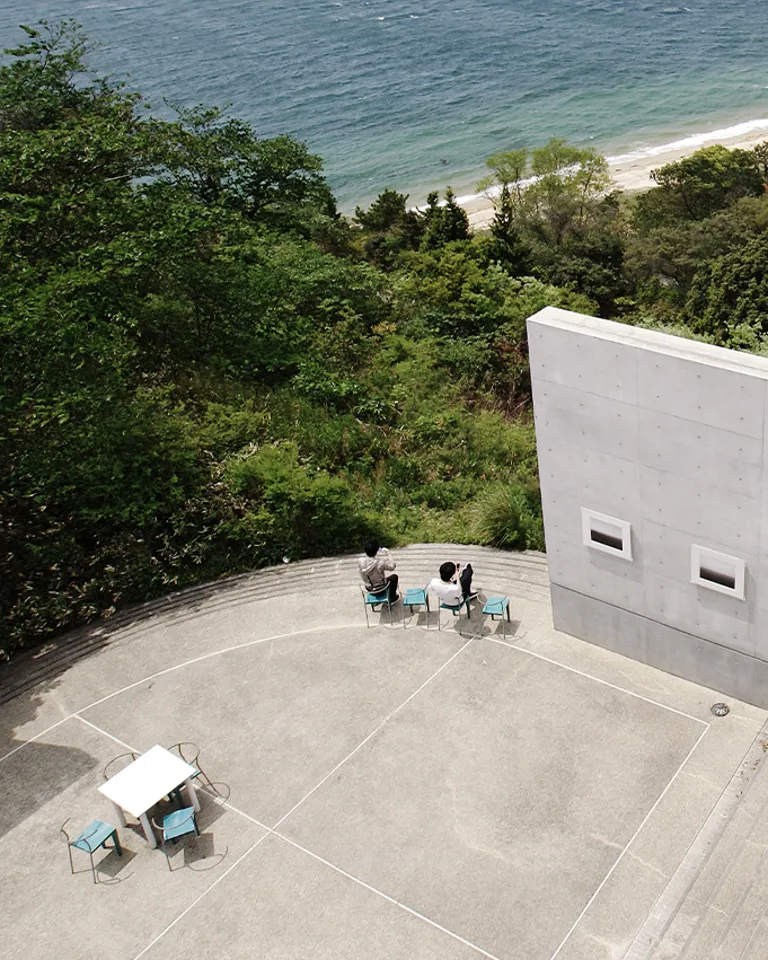
Hiroshi Sugimoto's "Time Exposed" photo series
France
Frank Gehry is at it again, this time upon the site of a defunct rail yard in the small southern French city of Arles. Another case study in post-industrial sluggishness, Arles now plays host to (an almost finished) twisting titanium hurricane known as the Luma Arles complex. With an eye-catching form resembling the jagged rock formations near the city (see Van Gogh’s The Rocks also) and creating phantasmagoric light illusions due to its disco-ball-like exterior, the cultural center is the brainchild of Arlésienne art collector Maja Hoffmann, who wanted to inspire collaboration between artists and designers of differing disciplines and exhibit some of her own collection. The Luma will also comprise a 3D bioplastics printing lab, the Parc des Ateliers public garden designed by Bas Smets, and a handful of converted industrial buildings by Selldorf Architects.

Image by Hervé Hôte courtesy Luma Arles, Parc des Ateliers, Arles (France)
England
Finally, the northern English town of Huddersfield is just one of many Bilbao-style projects currently in motion in the UK. Sandwiched between the larger cities of Leeds and Manchester, Huddersfield often has its true beauty overlooked by the motorists who can’t see past the surrounding ring road and industrial zones. But travel by train and you’ll skip the false impressions and arrive at the classical-style train station in a historically rich Victorian mill town fit for regeneration. The Huddersfield Blueprint project includes a music venue in an old market building, plus a new cinema, library, art gallery, and museum. Storied buildings will find new purposes, more public spaces will be introduced, and an open market space will be refurbished under the local council’s grand plan. The ground hasn’t yet been broken on the Huddersfield Blueprint but if it’s enough to tempt people into the town, they might just see Huddersfield for the northern gem that it is.
Eskicehir, Turkey
Much like the ship-shaped Guggenheim that pays homage to the maritime heritage of Bilbao, the new Odunpazari Modern Museum (OMM) in Eskicehir nods to the Turkish city’s history as an important node of the wood industry while drawing inspiration from the wooden cantilevered houses that characterize the Anatolia region.
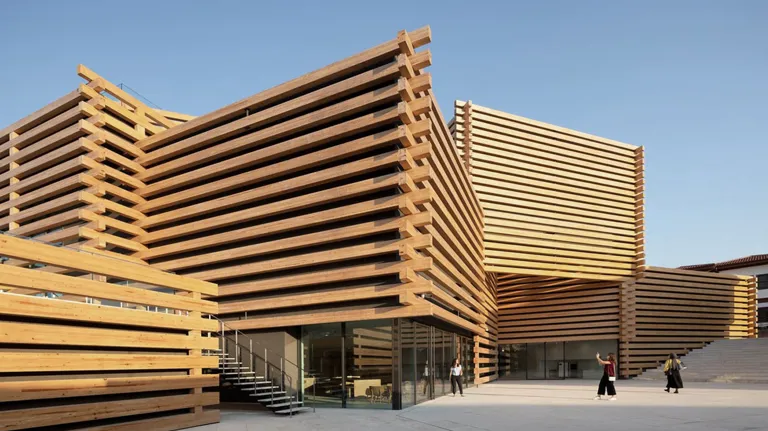
Image by NAARO courtesy OMM by Kengo Kuma and Assocaiates
Designed by Kengo Kuma and Partners—who are no strangers to Guggenheim-style regeneration attempts, having been responsible for the V&A Dundee and the Nezu Museum renewal in Tokyo—the OMM houses a substantial amount of artworks from the 1950s onwards belonging to collector and hotelier Erol Tabanca, including works by Turkey’s Burhan Dogançay, Canan Tolon, Azade Köker, and international names such as Peter Zimmerman, Jaume Plensa, and Marc Quinn. The museum square that fronts OMM has already become interwoven into the city’s fabric as a public meeting place, quelling a common criticism of Guggenheim-style projects that that the institutions are often insensitively shoehorned into their surroundings.